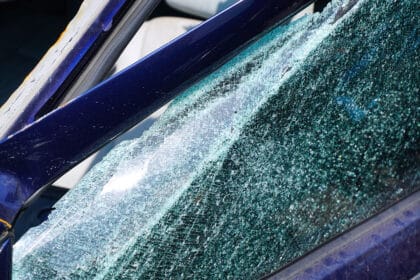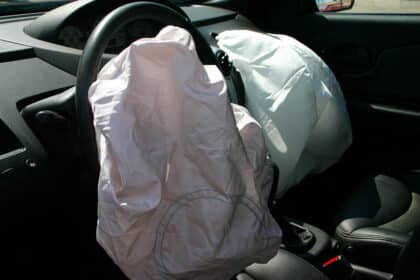We all love our cars, and try to treat them well. Despite our best intentions, sometimes the interior of a car will get wet, either from a grocery spill, an open window in a rain storm, or a poorly maintained door seal. Once the water is in, though, how do you get it out?
Dirty Truck? Here are some tips for giving it a professional-grade wash
First things first, if there is sitting water in the car, get it out using a wet/dry vacuum. Make sure that the vacuum is actually meant for water, or you could short it out or get electrocuted when using it. Use any detailing tools provided to get as much water out of the tight places of your car’s interior. Some cars also have drain plugs in the floor that can be used to let the water escape.
Once all of the sitting water is gone, remove the floor mats and hang them outside in the sun, in the garage, or in a well-ventilated bathroom to allow them to dry. Break out some fluffy towels and use them to soak up any water on the seats or still stuck stubbornly in the carpet. The experts at NAPA Auto Parts recommend steering clear of paper towels, because cloth towels absorb water better.
After using towels, the next best thing is airflow. This might be difficult for car owners who don’t have access to a garage, but try to leave the car doors open for about a day to let the car finish drying out naturally. If that’s impossible, a hair dryer or fans can help speed up the process, but good ventilation later on is still recommended.
To guard against mold and funky smells, purchase moisture absorbents, like rice, baking soda, or specially made products that sap moisture and smells out of the air. This will trap any remaining moisture that might evaporate from the affected area as time goes on. This is important because you don’t want to end up with mold in your car, which can damage it further and cause you and your passengers to become ill.
Jack of All Trades: Meet the Chevy Silverado HD’s Multi-Flex Tailgate
Hopefully you will never have to use these tips to get water out of your car. If the worst should happen, though, at least you will be prepared.
Catherine Hiles (she/her) is a native Brit living and working in Dayton, Ohio. Cat has written about a variety of subjects, including finance, cars, and parenting. She is a frequent contributor to Dayton Mom Collective, The Penny Hoarder, and WDW Magazine.
Cat lives with her husband, their two kids, and their energetic pitbull mix. She counts running, lifting weights, walking, and reading among her hobbies. See more articles by Cat.










